A core in a CPU is a single processing unit that executes instructions from programs and tasks. Each core can handle its own set of tasks, allowing for parallel processing and improved performance. Modern CPUs often have multiple cores, enabling better multitasking and efficiency in handling complex processes.
A core in a CPU is like a worker in a bustling office, handling specific tasks to keep everything running smoothly. More cores mean more “workers” to juggle complex tasks simultaneously, making your device faster and more efficient.
In this article we discuss about “What Is A Core In CPU” .
Table of Contents
Introduction to CPU Core
Understanding what makes your device tick can be fascinating, especially when you dive into how a CPU works. When you use your computer or smartphone, you might not think about what’s going on inside, but it’s all powered by the CPU—the brain of your device. And at the heart of every CPU lies its most critical component: the core. In this article, we’ll explore what is a core in CPU, why it matters, and how it impacts your computing experience.
What Is A Core In CPU?
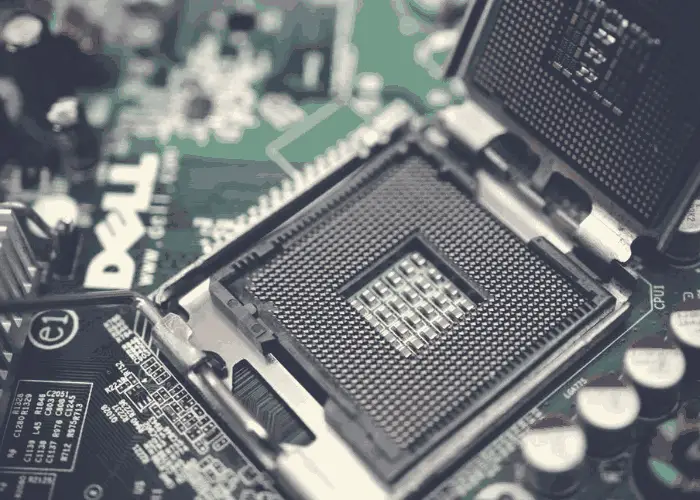
A core in CPU is essentially a single processing unit that reads and executes instructions. It’s like a worker in a factory, handling specific tasks one after the other. The more cores a CPU has, the more tasks it can handle simultaneously. Think of a single-core CPU as one worker and a multi-core CPU as several workers, all of them tackling different tasks at the same time. This is why modern CPUs often come with multiple cores, allowing for more efficient multitasking and faster performance.
Read Most Important: what cpu does the omen 25l gt15 1075t have spec – A complete guide!
Importance of CPU Cores in Modern Devices
In today’s fast-paced world, our devices are expected to perform numerous tasks simultaneously. Whether it’s browsing the web, streaming videos, or running software applications, a CPU’s ability to handle these activities is heavily reliant on its cores. The more cores a CPU has, the better it can manage these simultaneous operations without slowing down.
The Evolution of CPU Cores Over Time
CPUs used to have just one core, but as technology advanced, so did the demand for higher performance. The introduction of dual-core, quad-core, and even octa-core CPUs has allowed devices to perform far beyond what was once possible.
Single-Core vs. Multi-Core Processors
In the early days of computing, a single-core CPU was all that was needed to handle basic tasks. However, as software and applications grew more complex, single-core processors started to struggle. Multi-core processors became the solution, distributing the workload across multiple cores and vastly improving performance.
How Does A CPU Core Work?
At its core (pun intended), a CPU core processes instructions from various programs. When you open an application or click a button, a set of instructions is sent to the CPU. The core reads these instructions, processes them, and then executes the necessary action.
The Role of Threads in CPU Performance
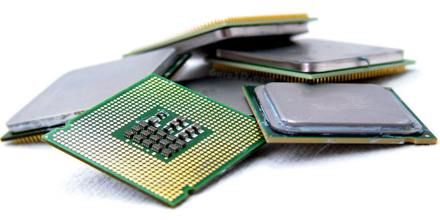
Cores also rely on threads to function efficiently. A thread is a sequence of instructions that the CPU must execute. In many modern CPUs, each core can handle multiple threads at once, thanks to a technology called multi-threading.
Multi-Threading vs. Hyper-Threading
Multi-threading allows a CPU core to handle more than one task at a time, improving performance. Hyper-threading, developed by Intel, takes this a step further by allowing each core to handle two threads simultaneously, essentially doubling the number of tasks that can be processed.
Read Most Important: Can I Use 8 Pin CPU Cable For GPU – Complete Guide 2024!
Types of CPU Cores
Not all CPU cores are created equal. There are physical cores and virtual cores, each with its own strengths.
Physical vs. Virtual Cores
Physical cores are the actual hardware units within a CPU, while virtual cores are created through technologies like hyper-threading. Virtual cores allow a CPU to simulate additional cores, boosting performance without needing more physical cores.
Efficiency and Performance Cores (Hybrid Architecture)
Some modern CPUs, like Intel’s Alder Lake, use a hybrid architecture with two types of cores: efficiency cores and performance cores. Efficiency cores handle lighter tasks, while performance cores focus on more intensive workloads. This approach balances power consumption and performance.
Why More CPU Cores Aren’t Always Better
It’s tempting to think that more cores always mean better performance, but that’s not always the case.
CPU Cores vs. Clock Speed
While having more cores can help with multitasking, the clock speed of the cores also plays a significant role in performance. A CPU with fewer but faster cores may outperform one with more, slower cores in certain tasks.
The Law of Diminishing Returns in Core Performance
After a certain point, adding more cores won’t significantly improve performance. This is because many applications aren’t designed to take advantage of multiple cores, meaning the extra cores go unused.
Applications That Benefit from Multiple Cores
Some tasks benefit more from multiple cores than others.
Gaming and Graphics-Intensive Programs
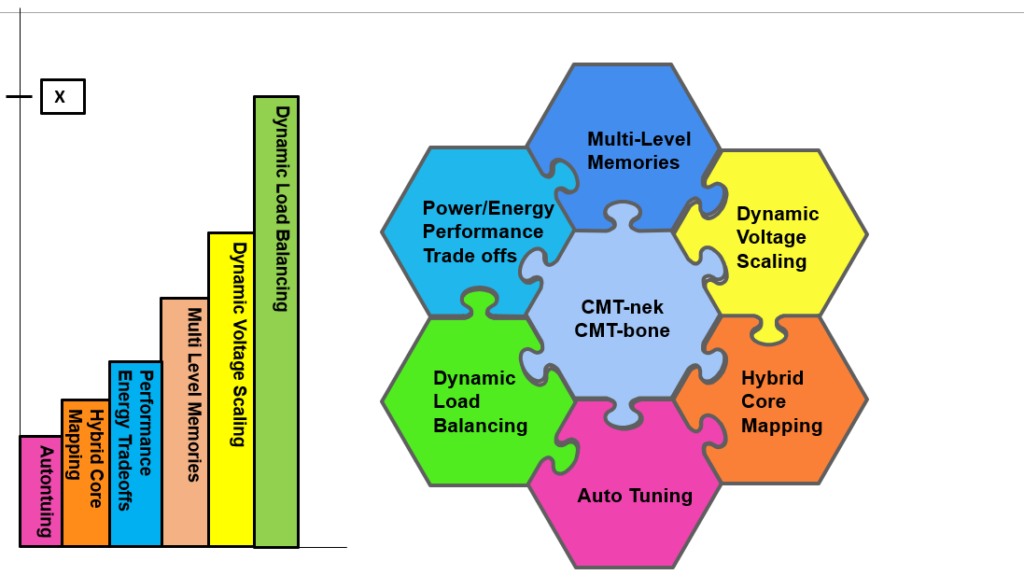
For gamers and those running graphics-heavy programs, having more cores can make a noticeable difference in performance. These applications are designed to take advantage of multi-core processors, ensuring smoother gameplay and faster rendering times.
Video Editing, 3D Rendering, and AI Processing
Video editing software, 3D rendering programs, and AI processes also thrive with more cores. These applications require significant processing power and can distribute tasks across multiple cores for faster results.
Read Most Important: What Is A Good Idle CPU Temp – The Ultimate Guide In 2024!
How to Choose the Right Number of CPU Cores
When choosing a CPU, it’s essential to match the core count to your needs.
Everyday Users vs. Power Users
If you only use your computer for browsing, watching videos, or doing light work, a dual-core or quad-core CPU will likely suffice. However, if you’re a power user running demanding applications, you may benefit from a CPU with six or more cores.
Matching Core Count with Your Needs
The number of cores you need depends on the tasks you regularly perform. For heavy multitaskers or professionals in fields like video editing or gaming, a higher core count will offer better performance.
How many cores in computer?
The number of cores in a computer can vary widely depending on the processor. Consumer CPUs typically have between 2 and 16 cores, while high-end processors for gaming or professional use can have 24 or more. Servers and workstations may feature CPUs with even higher core counts.
What are CPU cores and threads?
CPU cores are individual processing units within a CPU that handle tasks and execute instructions. Threads are sequences of instructions that a core can process. Modern CPUs use technologies like multi-threading to allow each core to handle multiple threads simultaneously, improving overall performance.
Types of core in computer
The main types of CPU cores include:
- Physical Cores: Actual hardware units within the CPU that handle tasks.
- Virtual Cores: Simulated cores created through technologies like hyper-threading.
- Performance Cores: Designed for high-intensity tasks.
- Efficiency Cores: Optimized for lighter tasks and energy efficiency.
Number of cores meaning
The number of cores in a CPU refers to how many independent processing units are within the processor. More cores allow a CPU to handle more tasks simultaneously, which enhances multitasking and overall performance.
How many cores in i7?
Intel Core i7 processors typically have 4 to 12 cores, depending on the specific generation and model. For instance, older i7 models might have 4 or 6 cores, while newer ones can have up to 12 cores.
1 core CPU = 1000m
This statement isn’t accurate. A single-core CPU doesn’t equate to a specific value like “1000m.” The performance of a CPU is measured by various factors including clock speed, core count, and architecture, not just the number of cores alone.
Core processor
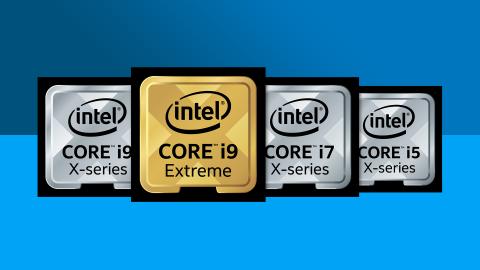
A core processor refers to a CPU with multiple cores, allowing it to handle multiple tasks simultaneously. The term often implies that the CPU has more than one core, which enhances performance and multitasking capabilities.
Number of cores in laptop means
The number of cores in a laptop indicates how many independent processing units the laptop’s CPU has. More cores generally allow for better multitasking and performance in demanding applications, making a laptop more capable of handling complex tasks efficiently.
Read Most Important: Is It Normal For CPU Clock Speed To Fluctuate: A Complete Guide!
FAQs
How many cores do I need in my CPU?
The number of cores you need depends on your tasks. Everyday users can get by with 2-4 cores, while power users might benefit from 6 or more.
Do more CPU cores mean better gaming performance?
Yes, many modern games are optimized for multi-core processors, so more cores can lead to smoother gameplay.
What is the difference between physical and virtual CPU cores?
Physical cores are actual hardware units, while virtual cores are simulated using hyper-threading technology.
Can all applications use multiple cores?
Not all applications are optimized for multi-core processors. Some can only use one core at a time.
What is hyper-threading in a CPU?
Hyper-threading is a technology that allows each core to handle two threads simultaneously, effectively doubling the number of tasks a CPU can process.
What does core mean in CPU?
A core in a CPU is a single processing unit within the central processing unit that executes instructions and performs tasks. Each core can handle its own set of processes, allowing for parallel processing and improved overall performance.
What does 8-core CPU mean?
An 8-core CPU refers to a processor that has eight independent cores, each capable of handling its own set of tasks simultaneously. This setup enhances multitasking and boosts performance by allowing the CPU to process multiple instructions at the same time.
What is a 10-core CPU?
A 10-core CPU is a processor with ten separate cores, each designed to execute tasks independently. This high number of cores allows for exceptional multitasking capabilities and efficient handling of demanding applications, such as video editing and gaming.
How many cores can a CPU have?
CPUs can have anywhere from a single core to over 60 cores, depending on the model and purpose. Most consumer CPUs range from 2 to 16 cores, while specialized processors for servers or high-performance computing can have even more.
Conclusion
In conclusion, understanding what a core in CPU is crucial for grasping how modern processors handle tasks and enhance performance. With advancements in technology, CPUs now feature multiple cores, allowing for efficient multitasking and faster processing. As you choose a CPU, consider the number of cores to match your computing needs, balancing between performance and practical use.
Read Most Important:
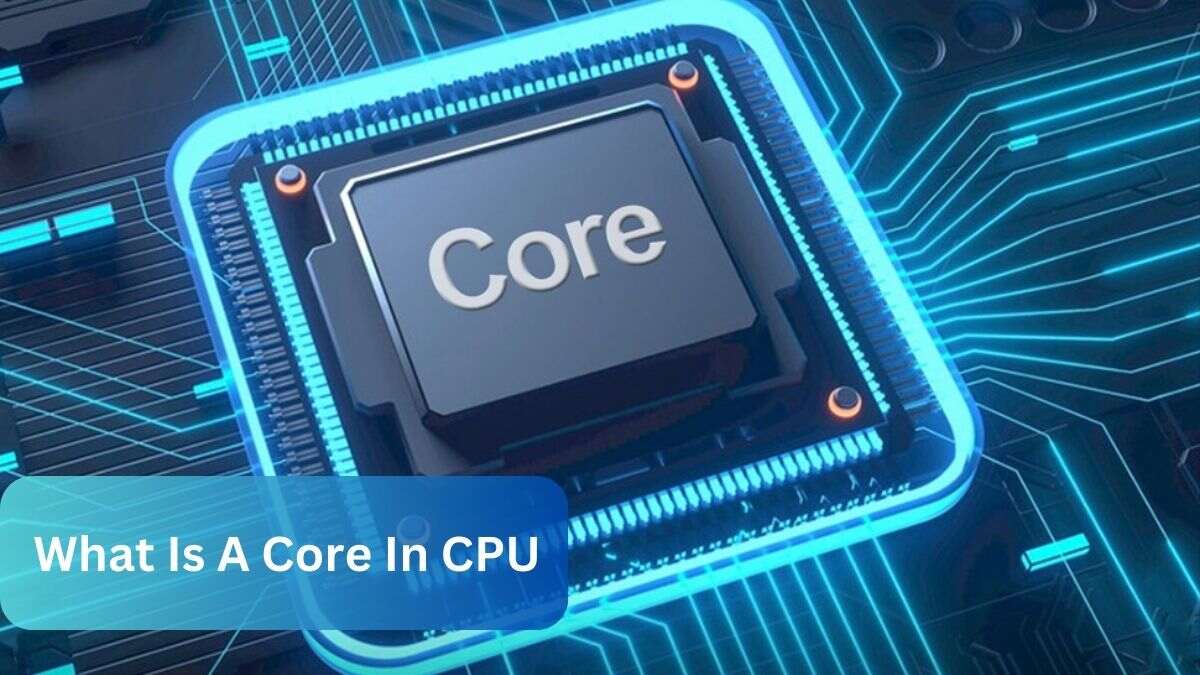
[…] Read Most Important: What Is A Core In CPU – A Complete Guide 2024! […]